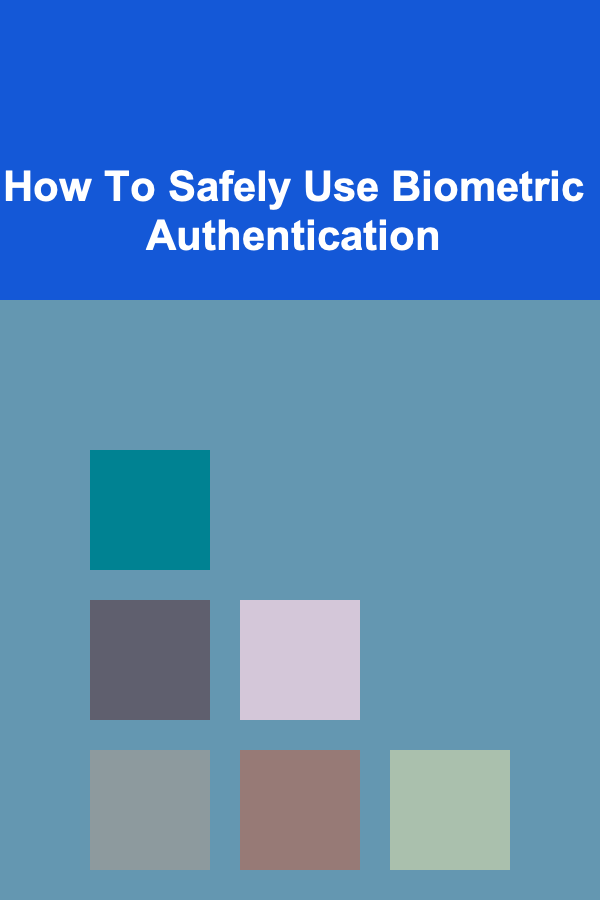
How to Make a Checklist for Safety Inspections in Laboratories
ebook include PDF & Audio bundle (Micro Guide)
$12.99$6.99
Limited Time Offer! Order within the next:

Ensuring safety in a laboratory setting is critical for the well-being of all personnel involved. Laboratories can pose numerous risks due to the use of chemicals, electrical equipment, biological agents, and specialized tools. Safety inspections are a necessary part of maintaining a secure and compliant environment.
Creating a safety inspection checklist is one of the most effective ways to ensure that all safety protocols are followed and potential hazards are identified and addressed. This actionable guide will walk you through how to create a comprehensive safety inspection checklist for laboratories that will not only improve safety but also boost overall compliance with industry standards.
Understanding the Importance of Laboratory Safety Inspections
Laboratory safety inspections serve several key functions:
- Identifying Hazards: The primary goal of a safety inspection is to identify potential risks, such as improper storage of chemicals, faulty equipment, or inadequate protective gear.
- Ensuring Compliance: Laboratories are subject to local, state, and federal safety regulations (e.g., OSHA, EPA). A well-designed checklist helps ensure compliance with these regulations.
- Preventing Accidents: A thorough inspection helps to minimize the risk of accidents and injuries by ensuring that all safety protocols are in place and functioning as intended.
- Improving Efficiency: When safety procedures are clear and enforced, the overall efficiency of the lab increases as it reduces downtime caused by accidents or safety-related interruptions.
Key Elements of a Laboratory Safety Inspection Checklist
A safety inspection checklist for a laboratory should cover several crucial areas to ensure comprehensive safety. These areas should be grouped based on specific categories, such as equipment, personal protective equipment (PPE), storage, and safety protocols. Let's break it down into the key elements you should include in your checklist.
1. General Laboratory Safety
This section ensures that the overall environment meets basic safety standards and that the laboratory is organized for safe use.
-
Lab Access and Cleanliness:
- Are all lab exits and emergency exits clearly marked and unobstructed?
- Is the laboratory floor clean and free of any spills, debris, or obstacles?
- Are all aisles and walkways clear of clutter and hazardous materials?
- Are emergency eyewash stations and safety showers accessible and free of obstructions?
-
Signage:
- Are all necessary safety signs visible and correctly placed? (e.g., "Hazardous Materials," "Flammable," "Biohazard")
- Are emergency contact numbers posted prominently?
-
Lighting:
- Is the laboratory well-lit, particularly near workstations, chemical storage, and emergency exits?
- Are emergency lighting systems in place and functional?
2. Personal Protective Equipment (PPE)
PPE is a critical part of laboratory safety, protecting personnel from exposure to harmful substances and injuries.
-
Clothing:
- Are lab coats and protective clothing available and in good condition?
- Are gloves available in sufficient quantities and appropriate for the type of work being done?
- Are safety glasses or goggles available and properly worn?
- Are face shields or respirators used when necessary?
-
Footwear:
- Are closed-toed shoes or boots required and enforced in the lab?
- Are shoes in good condition and suitable for the type of work being done?
3. Chemical Safety
Chemicals pose a significant risk in any laboratory setting, so proper storage, handling, and disposal are paramount.
-
Chemical Storage:
- Are chemicals stored properly according to their hazard classification (flammables, corrosives, etc.)?
- Are chemicals labeled clearly with the correct hazard symbols, dates, and contents?
- Are incompatible chemicals stored separately to prevent reactions?
-
Chemical Handling:
- Are proper safety protocols in place for handling chemicals, including spill containment and emergency procedures?
- Are Material Safety Data Sheets (MSDS) readily available for all chemicals in use?
- Are appropriate containers used for chemical transfer?
-
Chemical Disposal:
- Is there a clear system in place for the safe disposal of chemicals?
- Are chemical waste containers clearly labeled and regularly emptied?
- Is there documentation to track the disposal of hazardous materials?
4. Equipment Safety
Laboratory equipment can be dangerous if not properly maintained or used. This section ensures that all equipment is safe to operate.
-
Electrical Equipment:
- Are all electrical cords and equipment in good condition with no exposed wiring?
- Is electrical equipment regularly inspected for damage or wear?
- Are grounding techniques used where necessary to prevent electrical hazards?
-
Mechanical Equipment:
- Are machines and mechanical equipment properly maintained and free from malfunctioning parts?
- Are all moving parts guarded and secured to prevent accidents?
-
Calibration and Maintenance:
- Is all equipment calibrated regularly to ensure accuracy?
- Are maintenance logs up-to-date for all critical equipment?
-
Emergency Equipment:
- Are fire extinguishers available, fully charged, and easily accessible?
- Are emergency alarms and fire suppression systems functional and tested regularly?
5. Biological Safety
In labs that work with biological agents, safety protocols must include procedures for handling pathogens, cultures, and contaminated materials.
-
Biological Material Handling:
- Are biological materials handled and stored in accordance with biosafety regulations?
- Are biological waste containers used for proper disposal of biological materials?
-
Decontamination:
- Is there a regular schedule for cleaning and decontaminating workspaces and equipment?
- Are disinfectants available and used effectively in the lab?
6. Emergency Preparedness
This section covers readiness for accidents and emergencies, ensuring that lab staff can respond appropriately when needed.
-
First-Aid Kits:
- Are first-aid kits available and fully stocked?
- Are staff members trained in basic first-aid and emergency response?
-
Fire Safety:
- Are fire alarms, extinguishers, and exits in working order?
- Is there a fire evacuation plan in place, and is it regularly drilled?
-
Spill Response:
- Are spill kits available and appropriately stocked?
- Are staff trained in handling chemical, biological, or other hazardous spills?
-
Evacuation Procedures:
- Are evacuation routes posted and clearly marked?
- Are regular evacuation drills conducted to ensure all staff are prepared in case of emergency?
7. Training and Documentation
It's essential that laboratory personnel are trained to recognize hazards and know how to respond appropriately.
-
Training:
- Have all staff received training on lab safety protocols and the proper use of equipment?
- Is there ongoing training to stay up-to-date with safety regulations?
-
Record Keeping:
- Are safety inspection logs maintained and up-to-date?
- Are training records kept for all personnel, and is training refreshed periodically?
Steps for Creating Your Checklist
- Identify Key Areas: Determine which areas of the laboratory need inspection. Focus on the most critical aspects of safety, such as chemical handling, equipment maintenance, and emergency preparedness.
- Set Frequency: Establish how often safety inspections will occur. Common practices include weekly, monthly, or quarterly inspections, depending on the lab's activities and level of risk.
- Customize for Your Lab: Tailor your checklist to the specific needs of your laboratory. Consider the unique equipment, materials, and processes used in your lab and ensure that your checklist reflects these factors.
- Involve Staff: Ensure that lab personnel are involved in the safety inspection process. They can provide valuable input and help ensure that the checklist covers all necessary areas.
- Use a Digital Tool: Consider using digital tools or software to track and manage inspections. These platforms allow you to easily create, update, and store checklists and inspection records.
- Follow-Up and Action: After each inspection, ensure that any issues identified are addressed promptly. Set deadlines for corrective actions and track progress.
Conclusion
Creating a safety inspection checklist for a laboratory is an essential step toward maintaining a safe working environment. By covering all key safety areas, including equipment, chemical handling, emergency preparedness, and personal protective equipment, you can reduce the risk of accidents and ensure compliance with safety regulations. Regularly reviewing and updating the checklist will help keep your lab secure and your staff safe.

How to Build a Bond with Your New Pet and Create Trust
Read More
How to Prepare for Cold Weather Expeditions
Read More
How To Safely Use Biometric Authentication
Read More
The Art of Electrical Engineering: Designing Efficient and Sustainable Systems
Read More
Mastering the Art of Building a Strong Print-on-Demand Portfolio
Read MoreHow to Automate Your Savings Tracking and Reach Your Goals Faster
Read MoreOther Products

How to Build a Bond with Your New Pet and Create Trust
Read More
How to Prepare for Cold Weather Expeditions
Read More
How To Safely Use Biometric Authentication
Read More
The Art of Electrical Engineering: Designing Efficient and Sustainable Systems
Read More